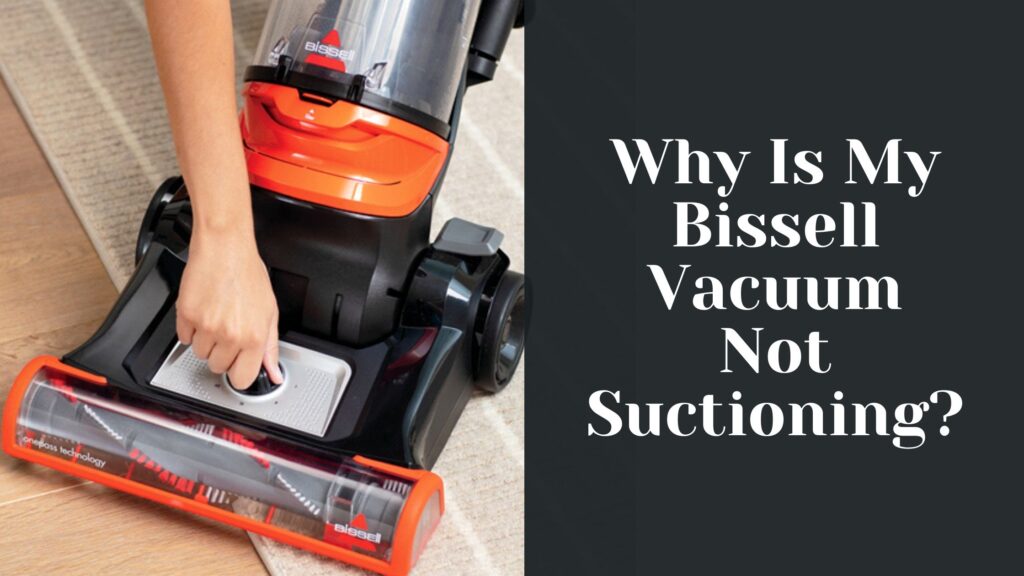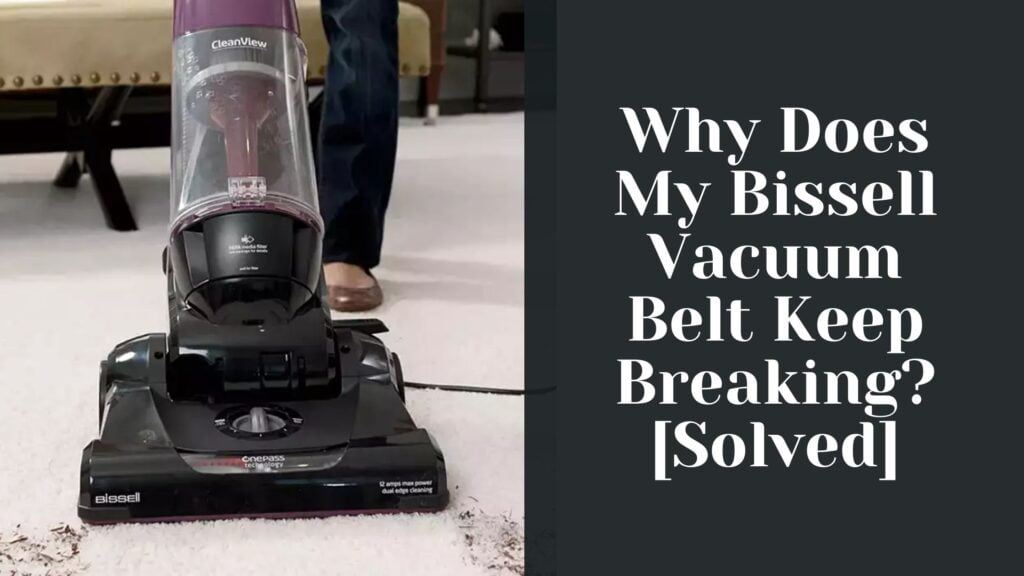When it comes to cleaning cat litter, are you always feline like you’re chasing your tail?
Does your fur-ever friend leave behind a trail of litter that makes you want to hiss?
Let’s pounce on the purr-suit of the answer to this meow-velous question: Can you vacuum cat litter?
In this blog post, we’ll uncover:
- whether vacuuming cat litter is a feasible option
- the best vacuums for the job
- alternative methods for cleaning
- and more!
Can You Vacuum Cat Litter?
Yes, you can vacuum cat litter, but proceed with caution! The best choice is a wet-dry vacuum designed to handle it. Remember: using the wrong vacuum or technique can be a cat-astrophe. With the right tools and a few expert tips, you’ll be able to keep your kitty’s litter area clean and tidy.
The Purr-fect Vacuum: Choosing the Right Vacuum for Cat Litter
To ensure you’re using the right vacuum for the job, let’s explore the different types of vacuums available and their suitability for vacuuming cat litter.
1. Wet-dry Vacuums
Wet-dry vacuums are the best choice for vacuuming cat litter, as they are designed to handle both wet and dry messes.
Their sturdy construction and powerful suction capabilities can easily handle the weight and texture of litter without causing damage to the vacuum.
Recommended models:
Some popular wet-dry vacuum models for cat litter cleanup include the Shop-Vac AllAround EZ Series and the Armor All Utility Vac.
2. Handheld Vacuums
Handheld vacuums are portable and convenient, making them a popular choice for quick cleanups.
However, their small size and limited suction power may not be suitable for larger litter messes or long-term use.
Recommended models:
If you’re set on using a handheld vacuum, consider models like the BLACK+DECKER Dustbuster Hand Vacuum or the BISSELL Pet Hair Eraser.
3. Traditional vacuums
While traditional vacuums may seem like an obvious choice, they are not recommended for vacuuming cat litter.
The fine particles can clog filters, damage internal components, and spread allergens and odors throughout your home.
How to Clean Your Vacuum after Cat Litter Duty
Now that you know which vacuums are best suited for vacuuming cat litter, let’s discuss how to clean and maintain your vacuum after tackling the task.
Properly cleaning and maintaining your vacuum after picking up cat litter is essential to keep it running smoothly and to prevent the spread of allergens and odors.
Here is what you should do:
1. Emptying The Vacuum
After vacuuming cat litter, promptly empty the vacuum’s dustbin or replace the bag to prevent odors from lingering.
Make sure to do this outdoors or in a well-ventilated area to avoid breathing in dust and allergens.
2. Cleaning Filters and Hoses
Cat litter can quickly clog vacuum filters and hoses, reducing suction power and efficiency.
Regularly clean or replace filters according to the manufacturer’s instructions.
For hoses, use a long brush to remove any stuck particles and rinse with water if necessary.
3. Disinfecting Your Vacuum
To kill bacteria and neutralize odors, occasionally wipe down your vacuum’s exterior with a mild disinfectant solution.
Be sure to unplug the vacuum and avoid getting electrical components wet.
Weighing the Pros and Cons of Vacuuming Cat Litter
Before you decide to vacuum cat litter, make sure you take into consideration the advantages and disadvantages of this cleaning method.
Pros
Speed and convenience:
Vacuuming cat litter is a quick and convenient way to clean up messes around the litter box.
It saves time compared to manual scooping and can easily tackle larger litter spills.
Less manual labor:
Using a vacuum to clean up cat litter reduces the amount of manual labor involved in the process.
This can be particularly helpful for those with mobility issues or who have difficulty bending down to scoop litter.
Cons
Potential vacuum damage:
As mentioned earlier, using the wrong type of vacuum or not cleaning it properly can result in damage to the vacuum’s components.
This can lead to costly repairs or even the need to replace the vacuum altogether.
Spreading allergens and odors:
Vacuuming cat litter can inadvertently spread allergens and odors throughout your home, especially if you’re using a traditional vacuum without proper filtration.
Alternative Methods for Cleaning Cat Litter
If you’re not convinced that vacuuming cat litter is the best option for you, take a look at these alternative methods:
1. Litter Scoops
Litter scoops are a tried-and-true method for cleaning cat litter.
They come in various designs, including traditional flat scoops and ergonomic designs with long handles that make scooping more comfortable.
2. Automatic Litter Boxes
Automatic litter boxes are a hands-free solution for managing your cat’s waste.
These devices use sensors to detect when your cat has used the litter box and automatically clean up the waste by either raking, rotating, or sifting the litter.
While automatic litter boxes offer convenience and reduced manual labor, they can be expensive and require regular maintenance to keep them functioning properly.
Additionally, some cats may be hesitant to use them.
3. Litter Mats
Litter mats are a simple and effective solution for preventing litter from spreading throughout your home.
These mats are placed under or around the litter box, capturing stray litter particles when your cat exits the box.
Tips for a Clean and Odor-Free Litter Box Area
To keep your cat’s litter area as clean and odor-free as possible, consider these helpful tips:
1. Choose The Right Litter
Different types of cat litter have varying levels of odor control and clumping abilities.
Experiment with different brands and types to find the one that works best for you and your cat.
2. Regularly Maintain The Litter Box
Establish a regular schedule for scooping waste and changing the litter.
This not only keeps the litter box clean and fresh but also encourages your cat to use it consistently.
3. Use an Effective Odor Control Solutions
Consider using activated charcoal filters, air purifiers, or odor-neutralizing sprays to help control odors in the litter box area.
Conclusion
So, vacuuming cat litter is indeed possible, but it’s crucial to choose the right vacuum and technique.
Ensure that you use a wet-dry vacuum or a handheld vacuum specifically designed for the task to avoid potential damage to your vacuum and minimize the spread of allergens and odors.
Explore alternative methods like litter scoops, automatic litter boxes, and litter mats to find the solution that works best for you and your feline friend.
By maintaining a clean and fresh litter box area, you’ll keep your kitty happy and your home looking and smelling its best.




















